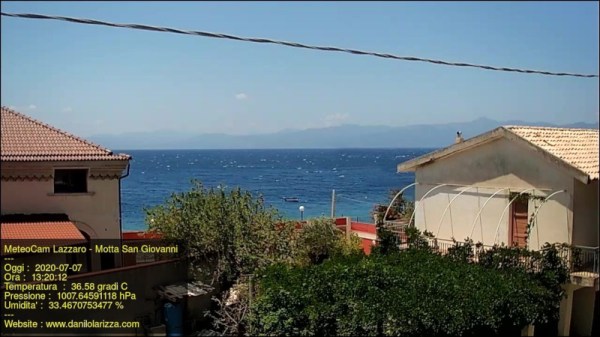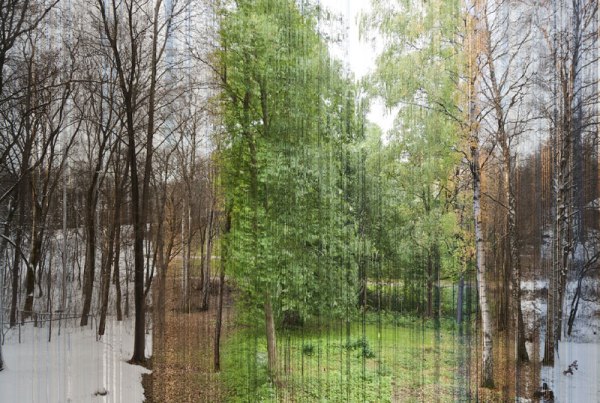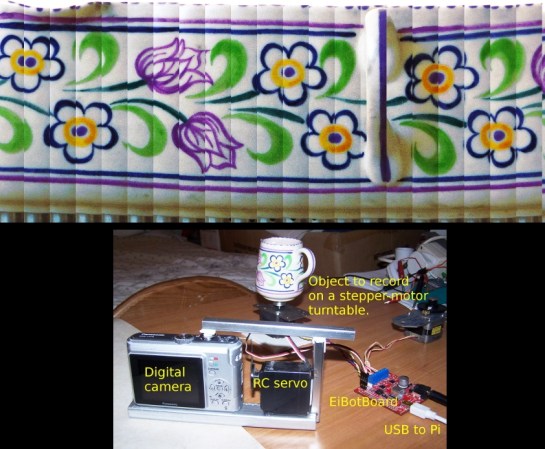There are a few binaries that wind up running in a bunch of places, silently do their jobs, and being easily forgotten about. ImageMagick is used on many servers for image conversion and resizing, and tends to run automatically on uploaded images. Easily forgotten, runs automatically, and with arbitrary inputs. Yep, perfect target for vulnerability hunting. And the good folks at Metabase found two of them.
First up is CVE-2022-44267, a Denial of Service, when ImageMagick tries to process a rigged PNG that contains a textual chunk. This data type is usually used for metadata, and can include a profile entry for something like EXIF data. If this tag is specified inside a text chunk, ImageMagick looks to the given value as a filename for finding that profile data. And notably, if that value is a dash -, it tries to read from standard input. If the server’s image processing flow doesn’t account for that quirk, and virtually none of them likely do, this means the ImageMagick process hangs forever, waiting for the end of input. So while that’s not usually a critical problem, it could be used for a resource exhaustion attack.
But the real problem is CVE-2022-44268. It’s the same trick, but instead of using - to indicate standard input, the processed image refers to a file on the server filesystem. If the file exists, and can be read, the contents are included in the image output. If the attacker has access to the image, it’s a slick data leak — and obviously a real security problem. If a server doesn’t have tight file permissions and isolation, there’s plenty of sensitive information to be found and abused.
The fix landed back in October 2022, and was part of the 7.1.0-52 release. There’s a bit of uncertainty about which versions are vulnerable, but I wouldn’t trust anything older than that version. It’s a pretty straightforward flaw to understand and exploit, so there’s a decent chance somebody figured it out before now. The file exfiltration attack is the one to watch out for. It looks like there’s an Indicator of Compromise (IoC) for those output PNGs: “Raw profile type”. Continue reading “This Week In Security: ImageMagick, VBulletin, And Dota 2”















